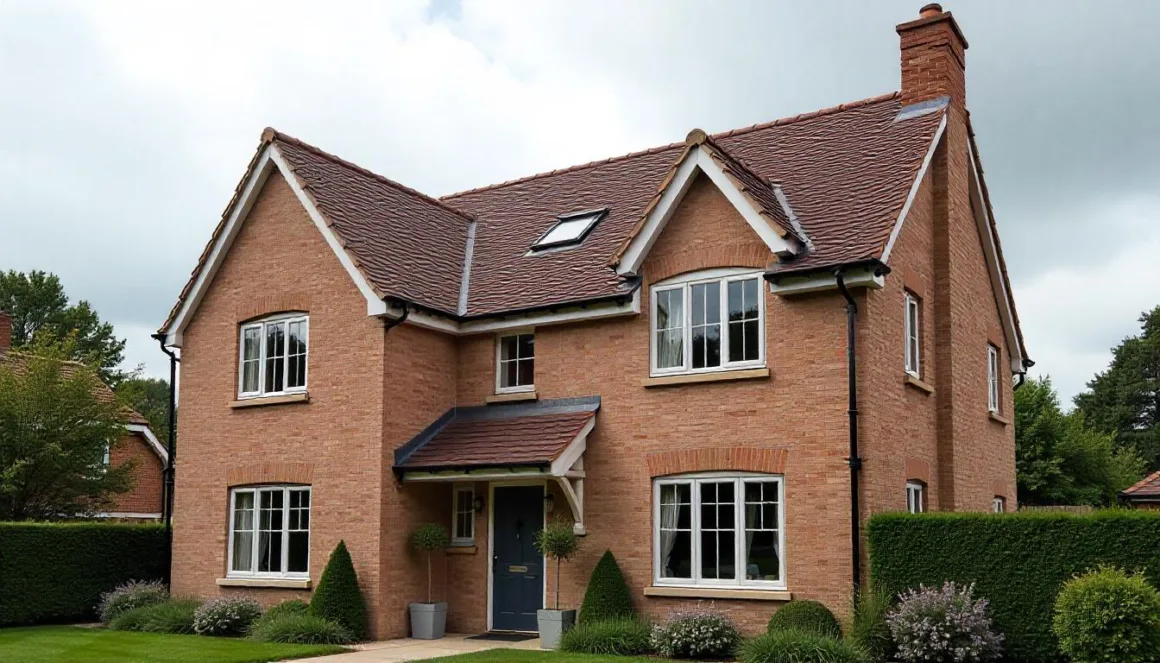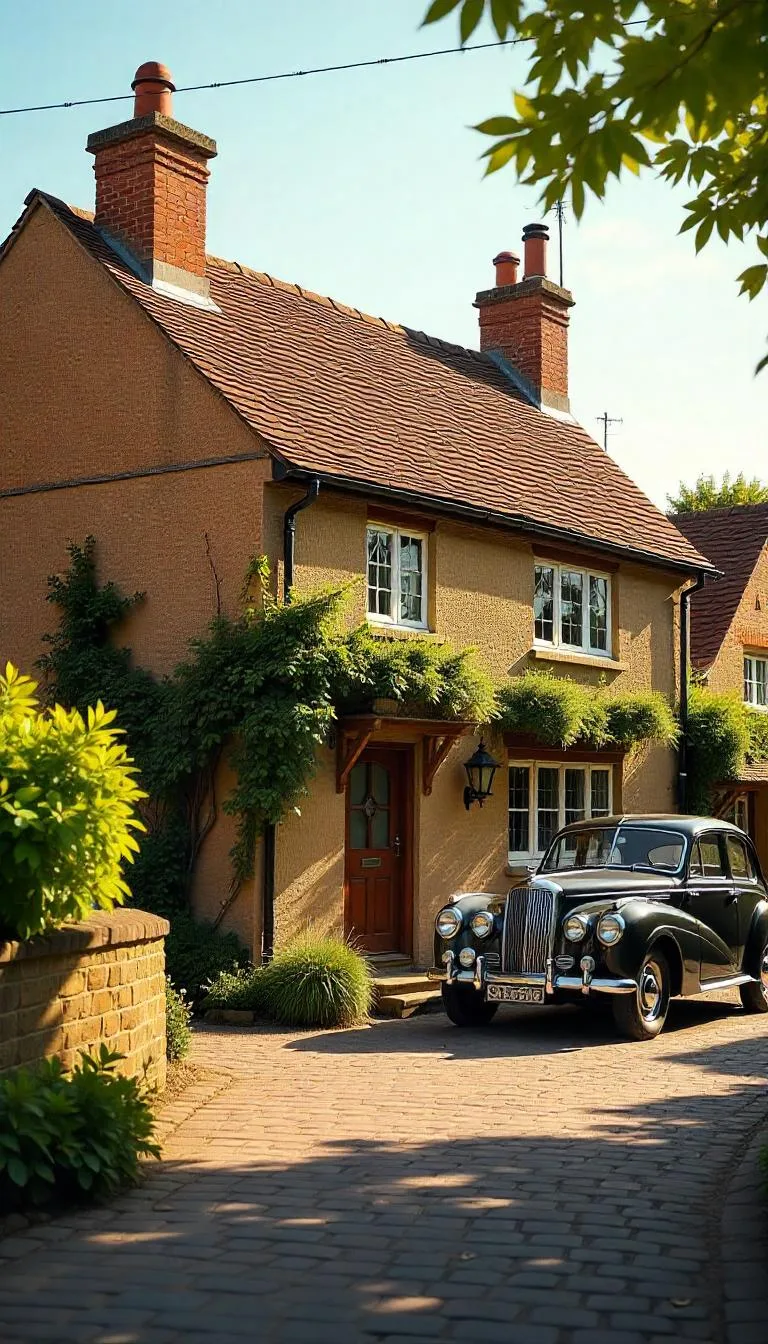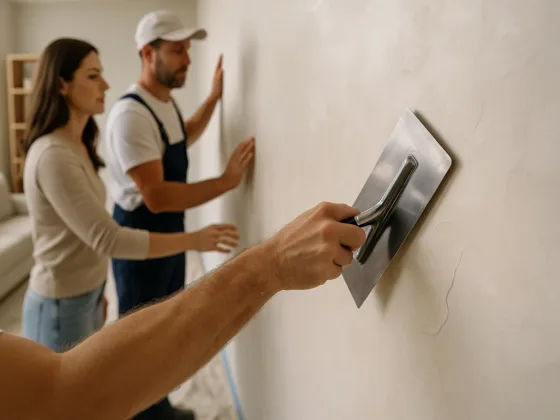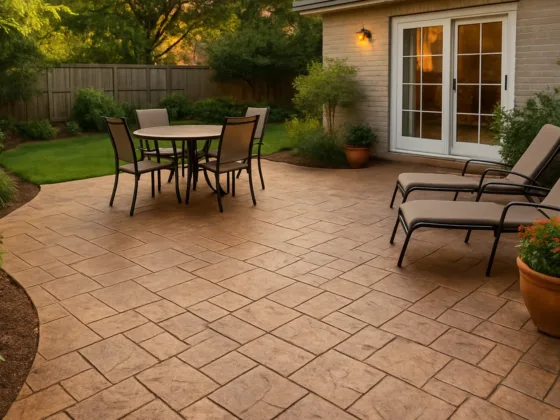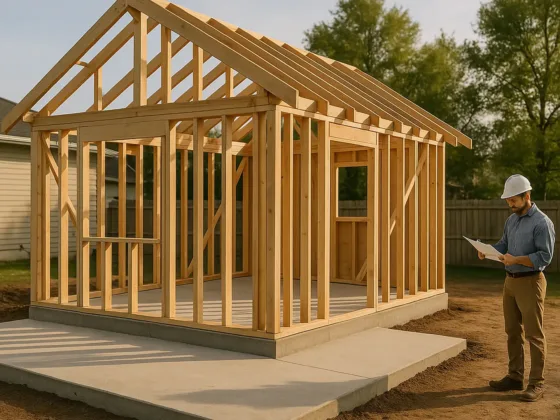Is your roof silently telling you it needs attention?
Many UK homeowners don’t think about their roof until it’s too late. Yet, the right roof tiles can improve energy efficiency, boost kerb appeal, and even increase your home’s value. But with so many options, how do you choose? And when do you know it’s time to replace them?
Let’s break it down clearly—no jargon, no fluff.
Why Your Roof Tiles Matter More Than You Think
Your roof is your home’s first line of defence against the elements. British weather is famously unpredictable—one day it’s sunny, the next it’s windy and raining. The wrong roof tiles can mean poor insulation, costly leaks, and even structural damage.
So what should you be looking for?
Best Roof Tiles for UK Homes
Here are the top tile options that work best with British homes—across styles, climates, and budgets.
1. Clay Roof Tiles
Timeless and durable.
- Lifespan: Up to 100 years with proper care.
- Look: Perfect for period homes and cottages.
- Performance: Resistant to rot, insects, and fading.
- Cost: Higher upfront, but worth it for long-term savings.
Example: A traditional Victorian terrace in York upgraded to handmade clay tiles—preserving historic charm and boosting resale value.
2. Concrete Roof Tiles
Affordable and practical.
- Lifespan: Around 40–60 years.
- Look: Versatile finishes—can mimic slate or clay.
- Performance: Strong in high winds and rain.
- Cost: Cheaper than clay or slate.
Did you know? Concrete tiles can weigh twice as much as slate—ensure your roof structure can support them.
3. Slate Roof Tiles
Classic and ultra-durable.
- Lifespan: 80–100 years, sometimes more.
- Look: Natural, elegant finish—great for heritage properties.
- Performance: Fire-resistant and weatherproof.
- Cost: Premium product with a premium price.
Example: In Wales, natural slate is a common choice due to local sourcing and traditional design requirements.
4. Synthetic (Composite) Roof Tiles
Modern, lightweight alternative.
- Lifespan: 30–50 years.
- Look: Can mimic natural materials like slate or shake.
- Performance: UV and impact-resistant.
- Cost: Mid-range.
Pros: Easy to install, ideal for eco-conscious homes.
What’s the Best Choice for You?
Ask yourself:
- Do I want low maintenance or traditional aesthetics?
- Can my roof support heavy materials like concrete or slate?
- Is my area prone to storms or salt air?
Tip: Always check local planning restrictions. In conservation areas, only certain tile types may be allowed.
When Should You Replace Your Roof Tiles?
Not sure if your roof needs replacing—or just a few repairs? Watch for these warning signs:
1. Cracked, Broken, or Missing Tiles
Even a few damaged tiles can lead to leaks and water damage.
Check: After storms or strong winds.
2. Sagging Roof Line
This could indicate deeper structural issues.
Act fast—a sagging roof might mean rotten timbers or a failing frame.
3. Water Stains or Mould Inside
If you spot damp patches on your ceilings or attic walls, your roof could be compromised.
What’s at stake? Delayed action can lead to insulation damage and rising energy bills.
4. Moss and Algae Buildup
A bit of moss isn’t unusual—but excessive growth traps moisture and speeds up decay.
Solution: Regular cleaning or a protective coating.
5. Age of the Roof
When was your roof last replaced?
- Concrete: Replace at around 40 years.
- Slate or Clay: Inspect closely after 80 years.
Pro tip: Keep a home maintenance log—it can help identify patterns and catch issues early.
Should You Repair or Replace?
Not every roof needs a full overhaul. Here’s a quick guide from roofers norwich-roofing.co.uk:
Repair if:
- Damage is localised (a few tiles only).
- The underlay is still intact.
- The roof is under 20 years old.
Replace if:
- There’s widespread damage.
- You spot structural sagging.
- Your roof has surpassed its expected lifespan.
Final Thoughts: Invest Wisely, Sleep Better
Roofing isn’t just a functional choice—it’s an investment in your home’s future.
Choose quality tiles that suit your budget, climate, and architecture. Inspect your roof regularly. Don’t ignore warning signs. And when in doubt, get a qualified roofer to assess the situation.
Is your roof ready for the next storm—or just surviving the last one?
Now might be the time to find out.
